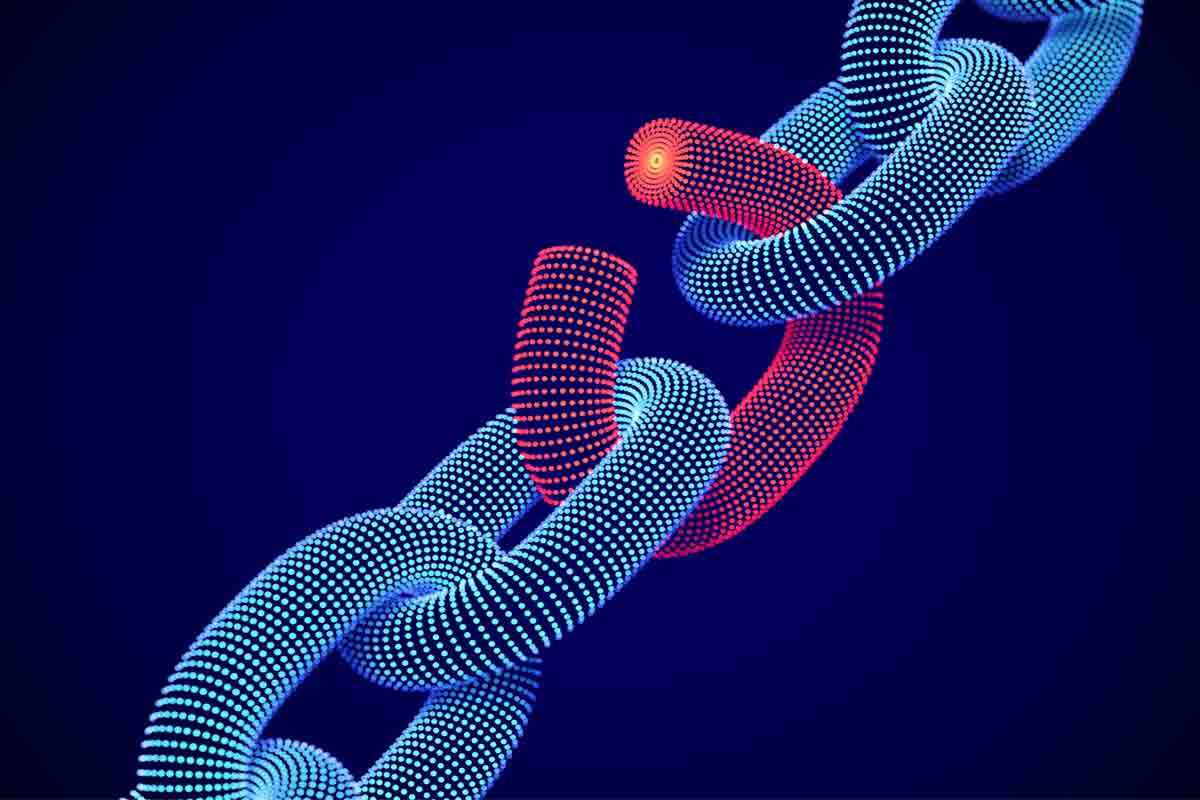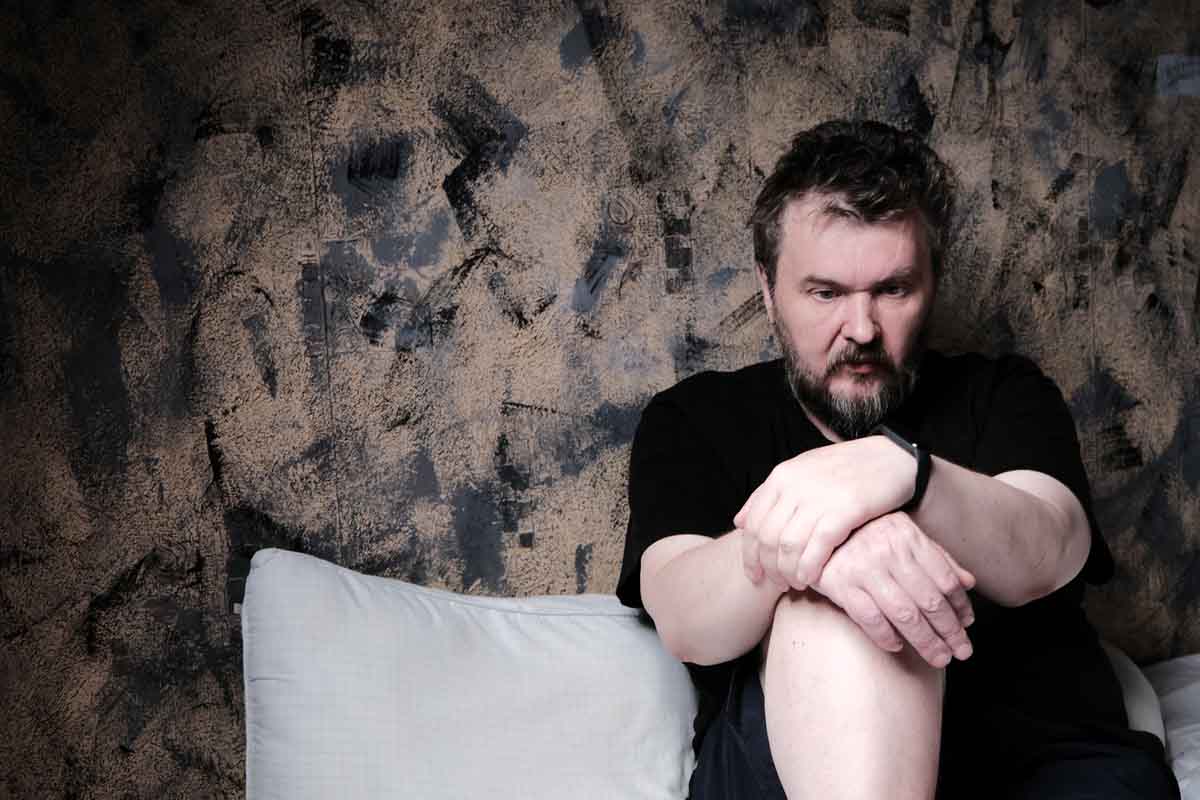Because this piece does not have an abstract, we have provided for your benefit the first 3 sentences of the full text.
To the Editor: Suicide is the leading cause of death in young adults, and the lifetime risk of suicide for people with bipolar disorder is 15%. A meta-analysis of 15 studies determined prevalence rates of attempted suicide as high as 36.3% in bipolar I disorder and 32.4% in bipolar II disorder. A recent review on suicide in bipolar disorder emphasized the need for further research into how suicidality is generated and how to avert this outcome.
This work may not be copied, distributed, displayed, published, reproduced, transmitted, modified, posted, sold, licensed, or used for commercial purposes. By downloading this file, you are agreeing to the publisher’s Terms & Conditions.
Effects of N-Acetyl Cysteine on Suicidal Ideation in Bipolar Depression
To the Editor: Suicide is the leading cause of death in young adults, and the lifetime risk of suicide for people with bipolar disorder is 15%. A meta-analysis of 15 studies1 determined prevalence rates of attempted suicide as high as 36.3% in bipolar I disorder and 32.4% in bipolar II disorder. A recent review2 on suicide in bipolar disorder emphasized the need for further research into how suicidality is generated and how to avert this outcome. Of the available psychotropic agents, only lithium has an evidence base for efficacy in suicide prevention. Effective therapies, including novel therapies, for suicide prevention in bipolar disorder are therefore a clinical imperative.
N-Acetyl cysteine (NAC) has a diversity of actions, including on glutamate, glutathione, oxidative stress, inflammation, and mitochondrial dysfunction, that as a group represent dysregulated pathways in bipolar disorder.3 Glutamate dysregulation in particular has been implicated in suicide attempts. A recent study4 reported increased levels of quinolinic acid (an agonist of the glutamatergic N-methyl-d-aspartate receptor) in the cerebrospinal fluid of 64 medication-free suicide attempters compared to 36 controls. This study emphasized the importance of inflammation and glutamate neurotransmission in the pathophysiology of suicidal behavior, which has implications for the detection and treatment of suicidal patients. However, no studies have been reported on the reduction of suicidality by NAC to date. NAC is a relatively safe, available, and well-tolerated agent, with efficacy signals in a number of neuropsychiatric disorders.5
Method and results. In this light, we conducted a post hoc analysis of the effects of NAC on suicidal ideation in a sample of individuals diagnosed with DSM-IV bipolar depression. The data included in this analysis are from a previously conducted 24-week randomized, multicenter, double-blind, placebo-controlled trial6 (N = 75) of NAC (2 gpp daily) for bipolar depression. The unadjusted Montgomery-Asberg Depression Rating Scale7 (MADRS) mean (SD) score of item 10 (Suicidality) at baseline was 0.78 (1.3) for placebo and 1.21 (1.5) for the NAC treatment group. At 24 weeks, the MADRS mean score of item 10 was 0.92 (1.4) for placebo and 0.22 (0.52) for NAC. The unadjusted Bipolar Depression Rating Scale8 (BDRS) mean (SD) score of item 13 (Suicidality) at baseline was 0.41 (0.76) for placebo and 0.55 (0.92) for the NAC treatment group. At 24 weeks, the BDRS mean score of item 13 was 0.44 (0.65) for placebo and 0.04 (0.21) for NAC. These results indicate there was a reduction in suicidal ideation for those taking NAC compared to those taking placebo. Using an intention-to-treat, mixed-effects model, repeated-measures approach (SPSS version 21; IBM, Inc) correcting for the MADRS total score at the start of the trial, we analyzed weeks 0, 4, 8, 12, 16, 20, and 24 of the MADRS suicidality item 10 and found a statistically significant difference in suicidal ideation between NAC and placebo (P = .039, CI = -0.476 to -0.013). This result was replicated with BDRS item 13 (P = .024, CI = -0.308 to -0.022). This statistically significant difference in suicidal ideation still persisted after adjusting for age and sex.
Conclusion/discussion. In summary, we found a suggestive signal for the reduction of suicidal ideation associated with the use of NAC in a study of bipolar depression. NAC has been shown to be beneficial for bipolar depression, and this study provides a preliminary indication that it might reduce suicidal ideation in this population as an adjunctive therapy. Because this analysis is post hoc, the sample size is limited for the investigation of suicidal ideation. As such, these data are preliminary and can only be taken as directions for future study. Nevertheless, given the severity of the problem of suicide in bipolar disorder,1,9 the paucity of therapeutic options, and the benign nature of the intervention, use of NAC in this population is a lead worth following.
References
1. Novick DM, Swartz HA, Frank E. Suicide attempts in bipolar I and bipolar II disorder: a review and meta-analysis of the evidence. Bipolar Disord. 2010;12(1):1-9. PubMed doi:10.1111/j.1399-5618.2009.00786.x
2. Malhi GS, Bargh DM, Kuiper S, et al. Modeling bipolar disorder suicidality. Bipolar Disord. 2013;15(5):559-574. PubMed doi:10.1111/bdi.12093
3. Berk M, Kapczinski F, Andreazza AC, et al. Pathways underlying neuroprogression in bipolar disorder: focus on inflammation, oxidative stress and neurotrophic factors. Neurosci Biobehav Rev. 2011;35(3):804-817. PubMed doi:10.1016/j.neubiorev.2010.10.001
4. Erhardt S, Lim CK, Linderholm KR, et al. Connecting inflammation with glutamate agonism in suicidality. Neuropsychopharmacology. 2013;38(5):743-752. PubMed doi:10.1038/npp.2012.248
5. Berk M, Malhi GS, Gray LJ, et al. The promise of N-acetylcysteine in neuropsychiatry. Trends Pharmacol Sci. 2013;34(3):167-177. PubMed doi:10.1016/j.tips.2013.01.001
6. Berk M, Copolov DL, Dean OM, et al. N-Acetyl cysteine for depressive symptoms in bipolar disorder—a double-blind randomized placebo-controlled trial. Biol Psychiatry. 2008;64(6):468-475. PubMed doi:10.1016/j.biopsych.2008.04.022
7. Montgomery SA, Asberg M. A new depression scale designed to be sensitive to change. Br J Psychiatry. 1979;134(4):382-389. PubMed doi:10.1192/bjp.134.4.382
8. Berk M, Malhi GS, Cahill C, et al. The Bipolar Depression Rating Scale (BDRS): its development, validation and utility. Bipolar Disord. 2007;9(6):571-579. PubMed doi:10.1111/j.1399-5618.2007.00536.x
9. López P, Mosquera F, de León J, et al. Suicide attempts in bipolar patients. J Clin Psychiatry. 2001;62(12):963-966. PubMed doi:10.4088/JCP.v62n1208
Author affiliations: North West Area Mental Health Service, Melbourne Health, The Royal Melbourne Hospital (Dr Waterdrinker); Orygen, The National Centre of Excellence in Youth Mental Health (Drs Berk and Rapado-Castro), Parkville, Victoria; IMPACT Strategic Research Centre, Deakin University, School of Medicine, Barwon Health, Geelong (Drs Berk, Venugopal, Turner, and Dean); Department of Psychiatry, University of Melbourne, Royal Melbourne Hospital (Drs Berk, Turner, and Dean); Florey Institute for Neuroscience and Mental Health, University of Melbourne (Drs Berk and Dean), Parkville, Victoria Australia; Department of Psychiatry, Melbourne Neuropsychiatry Centre, The University of Melbourne and Melbourne Health, Victoria, Australia, and Child and Adolescent Psychiatry Department, Hospital General Universitario Gregorio Mara×±ón School of Medicine, Universidad Complutense, Insitituto de Investigacion Sanitaria Gregorio Mara×±on, IiSGM, CIBERSAM. Madrid, Spain (Dr Rapado-Castro); and School of Medicine and Public Health, University of Newcastle, Callaghan, New South Wales, Australia (Dr Turner).
Potential conflicts of interest: Dr Berk has been a consultant for AstraZeneca, Bristol-Myers Squibb, GlaxoSmithKline, Eli Lilly, and Lundbeck; has received grant/research support from Stanley Medical Research, MBF, beyondblue, Eli Lilly, Novtaris, Mayne, Servier, NHMRC, Bristol-Myers Squibb, GlaxoSmithKline, and Organon; has received honoraria from and been on the speakers or advisory boards for AstraZeneca, Bristol-Myers Squibb, Eli Lilly, GlaxoSmithKline, Janssen, Lundbeck, Pfizer, Servier, Wyeth, and Sanofi. Dr Dean has received grant support from the Brain and Behavior Foundation, Simons Autism Foundation, Stanley Medical Research Institute, Eli Lilly, NHMRC, and ASBD/Servier. Dr Rapado-Castro was supported by Sara Borrell Health Research Fellowship from the Institute of Health Carlos III, Spanish Ministry of Economy and Competitiveness, an Alicia Koplowitz Short-Term Fellowship and an IiSGM Fellowship Award for Short-term Placements from the Health Research Institute from the Hospital Gregorio Mara×±ón (IiSGM) (Madrid, Spain). Drs Waterdrinker, Venugopal, and Turner report no potential conflicts relative to the subject of this study.
Funding/support: The authors acknowledge the financial support of the National Health and Medical Research Council of Australia.
Role of the sponsor: The NHMRC had no influence on the design, analysis, or reporting of this study.
J Clin Psychiatry 2015;76(5):e665 (doi:10.4088/JCP.14l09378).
© Copyright 2015 Physicians Postgraduate Press, Inc.
This PDF is free for all visitors!
Save
Cite




